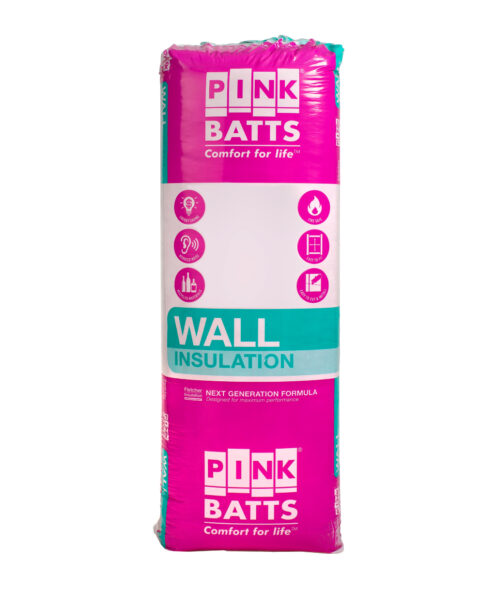Insulation Tips
Rising Energy Costs in Australia
Over the last few years energy prices have increased dramatically, affecting the lives of many Australians. The rising cost of gas and electricity has had a significant impact on our approach to energy consumption. Where previously, households would leave the heating on all night during the colder months of the year, the rise in energy prices has seen people become more conscious of the fact that their approach to the heating or cooling of their home directly influences the size of the bill at the end of the cycle.
Combating Rising Costs
There are always people who are on the look out for ways to combat rising costs. Take the price of petrol as an example. Petrol prices have increased an enormous amount in recent years and in the early 2000s experienced unprecedented growth. This led to people finding all kinds of ways to save on petrol. Commuters that had previously driven back and forth to work every day began making more use of the public transport system. Others would leave the car at home and ride their bike in to work instead, saving costs and getting into shape at the same time. Online search engine questions saw an increase in searches related to ‘how to drive more efficiently’, and ‘which cars are the most economical’ coinciding with the sharp rise in the cost of fuel.
One initiative that the government introduced at this time was a subsidy for private motorists to convert their car to run on liquefied petroleum gas, or as it is more commonly known: LPG. This led to an enormous number of vehicles being converted to run on LPG, which despite not giving as many kilometres per tank, made up for it at the bowser. However due to a number of factors, including the rising costs of LPG and the increased fuel efficiency of modern petrol engines, there has been as steady decline of LPG powered vehicles on Australia’s roads.
Rising Electricity and Gas Prices
One key element which the Australian government introduced designed among other things to increase the energy efficiency of homes around the country was the Energy Efficient Homes Package. It was primarily introduced as a means to combat the global financial crisis which Australia was facing in 2008. The aim of the EEHP was first and foremost to create jobs and stimulate the economy. Back then, research predicted that installing insulation in existing houses, units and apartments would be one of the most cost-effective ways to make homes more energy efficient and thereby reduce costs. The government estimated that approximately 40 percent of homes didn’t have insulation at this time.
Improving Energy Efficiency with Pink Batts
Pink Batts insulation is currently a hugely popular choice for insulation around Australia for a number of reasons, not just the fact that it keeps homes cooler in summer and warmer in winter. Pink Batts insulation is non-combustible, which is an important factor to consider when looking at insulating your home. It is also made up of over 80 percent recycled materials. The installation of Pink Batts in homes, shops and factories across Australia has seen increased energy efficiency and less money spent on gas and electricity.










